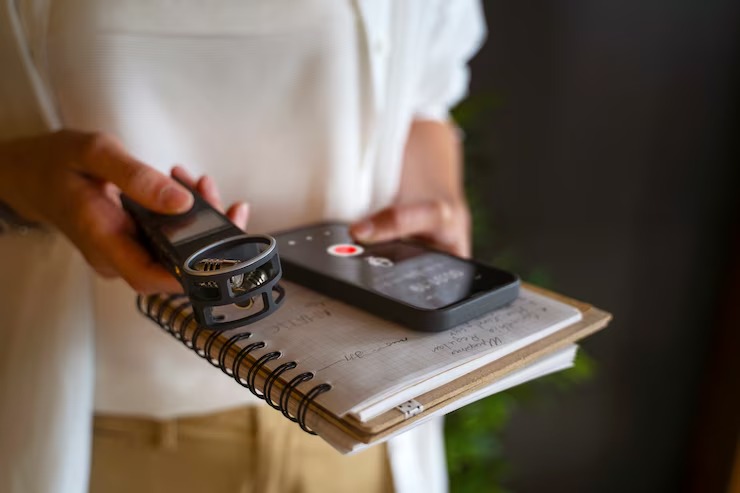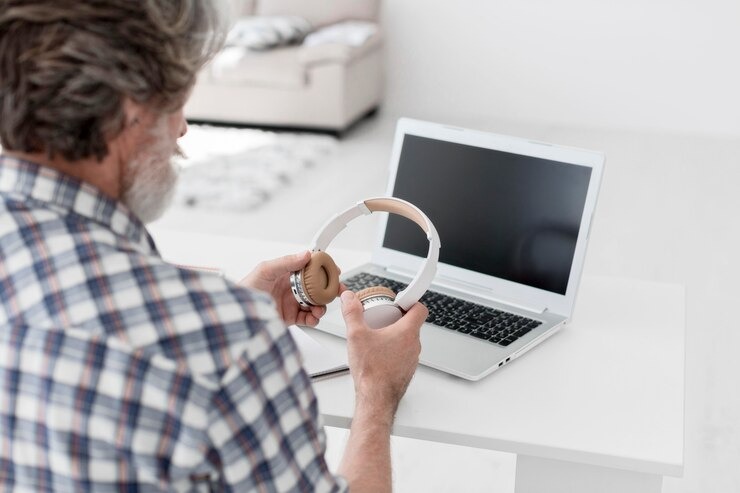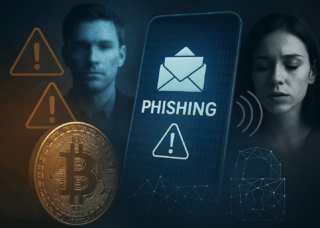Privacy concerns are on the rise, with hidden listening devices becoming more sophisticated and harder to detect. Whether at home, in the office, or even your car, these devices can easily invade your privacy without you realizing it.
These hidden listening devices have become smaller, cheaper, and easier to access, making it alarmingly simple for someone to eavesdrop on your private conversations. In fact, a recent report shows the global surveillance market is growing by 10% annually, with listening devices becoming a significant part of that expansion.
In this guide, we’ll walk you through the steps you can take to detect listening devices yourself. However, for peace of mind and a more thorough sweep, professional bug sweeping services – like those offered by Privin – are your best defense against unwanted surveillance.
How to Check for Listening Devices?
Physical Inspection
The first and simplest step in checking for listening devices is conducting a thorough physical inspection. Surveillance devices are often hidden in common objects or placed in areas where conversations occur frequently. Start by looking for the following:
- Out-of-place items: Take note of objects that seem new or have been moved. Devices like alarm clocks, smoke detectors, or lamps can be potential hiding places for bugs.
- Unusual wires or small holes: Check walls, light fixtures, and electronic devices for any odd wires or tiny holes that could be used for microphones or cameras.
- Electrical outlets or switches: Surveillance devices are sometimes disguised as wall outlets or power switches. Be vigilant when inspecting these areas.

Radio Frequency (RF) Detection
Most listening devices emit radio frequencies (RF) when they transmit data. You can use an RF detector to scan for these signals in your space. Here’s how to do it:
- Walk through the area while holding an RF detector.
- If the device picks up any abnormal frequencies, it will signal with beeps or lights.
- Investigate any areas where the detector shows unusual activity.
This method is relatively effective for finding wireless bugs, but it might not detect inactive or wired listening devices.
Sweeping for Infrared and Bluetooth Signals
Some modern listening devices communicate using infrared or Bluetooth technology. You can use apps or specialized detection devices to scan for unauthorized signals.
- Bluetooth scanning apps: Some apps can detect unfamiliar Bluetooth devices within range. If you see unknown devices that aren’t part of your usual network, it could be a red flag.
- Infrared detection: Infrared detectors or even simple smartphone camera tricks can help you spot hidden devices transmitting through infrared light.
If you’re concerned about hidden cameras, especially in places like rental properties or Airbnbs, check out our detailed guide on how to find hidden cameras in your Airbnb to learn more tips on protecting your privacy while traveling.
Check These Signs to Know If You Are Under Surveillance
Physical bugs or listening devices aside, these signs may indicate you may already be under surveillance:
Static or strange sounds during phone calls. Clicking or popping noises during phone conversations could mean a listening device is picking up the signal.
Electronic interference. Devices such as your TV, radio, or computer behaving erratically can be a signal of interference from hidden bugs.
Battery drainage. If your phone or other devices lose power quickly, a hidden bug might be draining the battery.

One of the most common concerns when it comes to privacy invasion is the possibility of your phone being tapped. If you notice strange background noises, static, or unexpected clicks during calls, this could indicate that your phone line is compromised. Additionally, unusual spikes in data usage or rapid battery drain may signal that your phone is transmitting information without your knowledge.
If you’re experiencing these signs, it’s crucial to act quickly. To learn more about the indicators of surveillance, check out our article on how to know you are under surveillance.
Professional Bug Sweeping
Although you can perform these basic checks on your own, professional bug sweeps are the most effective way to ensure no device goes unnoticed. Unlike DIY methods that may miss dormant or wired devices, professional services utilize advanced tools like thermal imaging and non-linear junction detectors to locate even the most sophisticated bugs.
Our team is equipped to find even the most discreet bugs, using tools that are beyond what’s available for personal use. If you’re serious about protecting your privacy, contact PRIVIN for a comprehensive bug sweep.
Secure Your Privacy Today
Checking for listening devices is essential if you suspect your privacy has been compromised. Don’t let hidden listening devices compromise your personal or professional life. Whether you’re concerned about privacy at home, in the office, or elsewhere, our expert team at PRIVIN can provide a comprehensive bug sweep to ensure your peace of mind.
Don’t wait until it’s too late; ensure your privacy is protected. Contact Privin for a free consultation and let our experts safeguard your personal and professional spaces from eavesdropping threats.
Detecting Hidden Listening Devices: Your Questions Answered
What are typical signs of hidden listening devices?
Look for objects that seem out of place, such as newly added or moved items like alarm clocks, smoke detectors, or lamps. Unusual wires, small holes in walls, and disguised outlets or switches are also red flags.
How can I detect listening devices using radio frequency (RF) detection?
Use an RF detector to scan the area. As you move through the space, the device will alert you with a beep or a light if it detects unusual frequencies, which could signal the presence of wireless bugs.
Is it possible to detect listening devices using infrared or Bluetooth signals?
Yes. You can use Bluetooth scanning apps to find unknown devices, and infrared detectors or smartphone cameras to detect hidden devices that emit infrared light.
What are the common signs that my phone might be tapped?
If you hear static, clicking, or popping noises during calls, notice sudden battery drain, or experience unusual data usage, these may be signs that your phone is being monitored without your consent.
How do I conduct a thorough physical inspection for listening devices?
Focus on areas where you frequently have conversations, such as bedrooms, offices, and vehicles. Look for newly added or moved objects, suspicious wires, or small holes in walls and electronic devices.
When should I consider hiring a professional bug sweeping service?
If you notice signs of surveillance or suspect that listening devices are present, it’s a good idea to hire a professional bug sweeping service. They have advanced tools like thermal imaging and non-linear junction detectors to conduct a thorough sweep.






